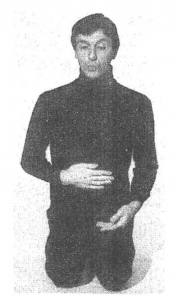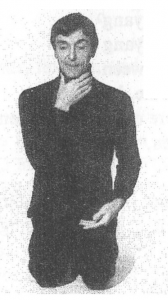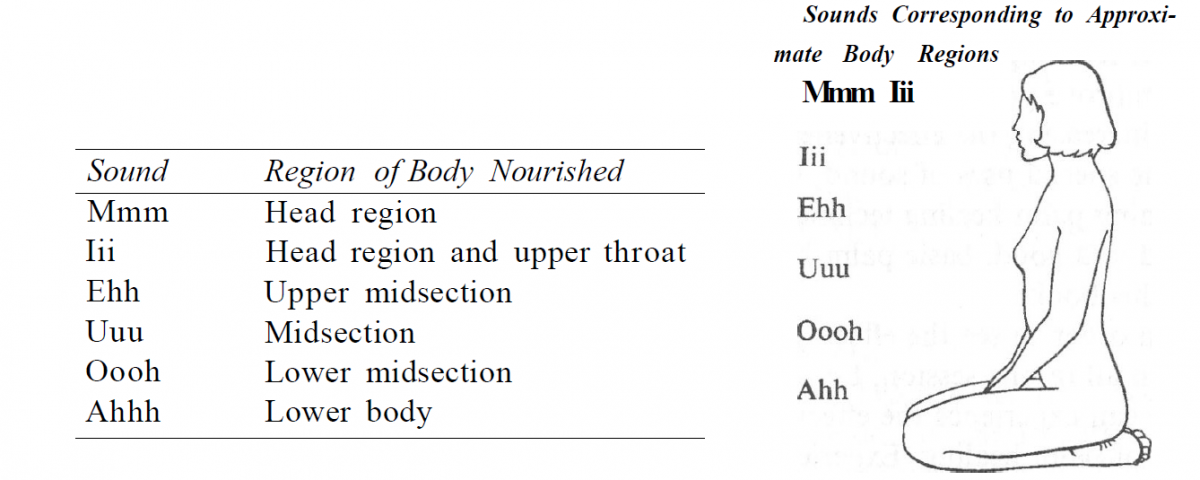Sound Healing

Chakra Healing
June 16, 2016Asthma
June 21, 2016The Use of Sound:-
Sound creates a vibration which influences our energy. There are many sounds and many ways to utilize them in meditation and in palm healing. Certain sounds can be chanted or sung to activate our energy, to harmonize energy, or to calm our energy. Following are some basic sounds which can be used often during palm healing.
Su. Pronounced “Sue,” this is a balanced sound which creates an energy vibration to harmonize our energy. We can chant “Su” in a long, peaceful manner to create a smooth, calm feeling. This sound helps to regulate energy flow in general and produces a feeling of unification, drawing all extremes to the middle. Repeat about five to ten times in a long, slow manner to feel the effect of this sound.
Ah. This is a yin, open sound which produces an effect of releasing and relaxation. It may be chanted slowly five to ten times to see the effect.
Toh. Pronounced “Toe,” this is a yang, concentrated sound, useful for activating and focusing our energy and creating a feeling of warmth. “Toh” may be chanted in a more short, active manner.
Mmm. A very closed, contracted sound, “Mmm” gives a yang effect and is helpful for focusing and concentration, especially in the mind.
A-U-M. Many people are familiar with this sound, “Aum” or “Om,” which is practiced by ancient religions. For the fullest effect, we pronounce it as three separate sounds, “Ah-U-Mmm.” These three sounds represent yin, middle, and yang sounds, and give us a very energizing effect, and a feeling of wholeness or
completeness, together with a sense of universal consciousness. “A-U-M” is chanted in one long breath, giving about equal time to each sound. Try it about ten times or two to three minutes.
Sound for Healing:-
Sound waves are vibrations created by the movement of objects. These vibrations travel through the air and when they enter our inner ear, we interpret these vibrations as sound. Each sound has a different vibratory rate—those that vibrate at a slower speed produce lower, more relaxed sounds; those that vibrate at a faster speed produce higher, tighter sounds. These sounds have varying yin and yang qualities, as shown in the following list:
| Sound | Yin or Yang Quality
|
| Mmm | tight, yang
|
| Iii (“eee”) | tight, yang
|
| Ehhh | in-between
|
| Uuu (like “boo”) | middle, balanced
|
| Ooooh (like “toe”) | more open, in-between
|
| Ahhh | open, yin
|
We can use this knowledge of yin and yang sounds in healing. For example, if we are too yin, loose and relaxed, we can chant or sing a yang sound, which creates a tight, yang vibration that can help to influence our condition toward a more balanced state. If we are too yang, tight and tense, a more yin, relaxed sound can be helpful. A balanced sound such as “Uuuu” tends to bring our condition toward the center as well.
We can use sounds to help our condition as a whole, or we can chant a certain sound to help a specific organ. Yin or yang breathing can be used at the same time for additional effect, together with palm healing exercises.
The head is a tight, compact part of the body and is nourished by more closed, yang sounds. The lower body is more expanded and loose, and is nourished by more yin, open sounds. The middle part of the body is more balanced, and is nourished by more middle sounds. Consequently, the different regions of the body are generally nourished by the following sounds:
| Sound | Region of Body nourished
|
| Mmm | Head region
|
| Iii (“eee”) | Head region and upper throat
|
| Ehhh | Upper Mid-section
|
| Uuu (like “boo”) | Lower mid-section
|
| Ooooh (like “toe”) | Lower midsection
|
| Ahhh
|
Lower body |
- Using Sounds for Regions of the Body.
We can use sound to give more strength to a certain part of the body as follows.
- While meditating, chant one sound ten to fifteen times, noticing what part of the body it vibrates the most. Then, do the same with the other sounds, one by one. You may hold your hand at different places on the body to detect the vibration.
- While giving palm healing to another person, chant a sound while holding your hand at the corresponding region of the body, to reinforce the energy flow at that place. You may also hold your hands front and back at that region.
- While practicing a complementary/antagonistic hand position, for example, one hand on the forehead and the other on the hara, chant the sound corresponding to the region you wish to energize the most. For example, in this case, if you wish to give more energy to the hara, chant “Ohhh” or “Ahhh.” If you wish to benefit the head more, chant “Mmm” or “Iii.”


Sounds for Each Organ:-
Since each organ has a different proportion of yin and yang, Earth’s and Heaven’s energy flow, certain sounds benefit certain organs more than others, depending on their yin or yang qualities. Through many generations of experience, practitioners of traditional Oriental medicine arrived at the following understanding of specific sounds to benefit each organ.
| Organ | Nourishing Sound | Organs | Nourishing Sound
|
| Lungs | Ha | Large Intestine | Ah or Ho
|
| Heart | Shi(“sheee”) | Small Intestine | Toh or So
|
| Spleen/Pancreas | Hi(“heee”) | Stomach | Iii (“eee”)
|
| Kidneys | Ji (“geee”) | Bladder | Bo or Bu
|
| Liver | Ka or Kan | Gallbladder | Da
|
- Using Sounds for Specific Organs.
We can strengthen specific organs through using their corresponding sounds in a number of ways, such as:
- While meditating, practicing palm healing, or Do-In, chant the sound for the organ you wish to benefit. Chant ten to fifteen times, and place your palm on the corresponding organ if desired.
- While giving palm healing care to another person, chant the appropriate sound while you place your hand on a certain organ.
- While placing hands in a complementary fashion, such as one hand on the lung and the other hand on the large intestine, chant the sound for the organ to which you want to direct more energy. Your stronger hand may be placed on that organ as well.
Quality of Sound.
In addition to the sound chanted, the volume, pitch, and other qualities also help to create an effect that is more yin (loose, relaxed) or more yang (tense, tight).
| Quality | More Yin | More Yang
|
| Volume:
|
Quieter
|
Louder
|
| Pitch:
|
Lower, bass
|
Higher, soprano
|
| Speed:
|
Long, drawn-out
|
Short, quick
|
| Articulation:
|
Soft, dull/muted
|
Sharp, distinct
|
| Mood or intention: | Peaceful, soothing
|
Cheerful, bright
|
We can use these different qualities of sound during palm healing by varying the way we chant, sing, or clap our hands according to the needs of the situation. For example, a person who is very tight and tense (yang) would benefit more if the giver chants in a more yin manner (peaceful, softer sounds) while giving palm healing care. On the other hand, someone who is depressed, loose, and too yin, would be more helped by sounds that are made in a more yang way—more cheerful, quick, and distinct.
In both cases, the sounds should not be extreme. An overly yang sound may be too loud or harsh, an overly yin sound too soft or whining. They should be of a moderate, pleasant yin or yang quality.




